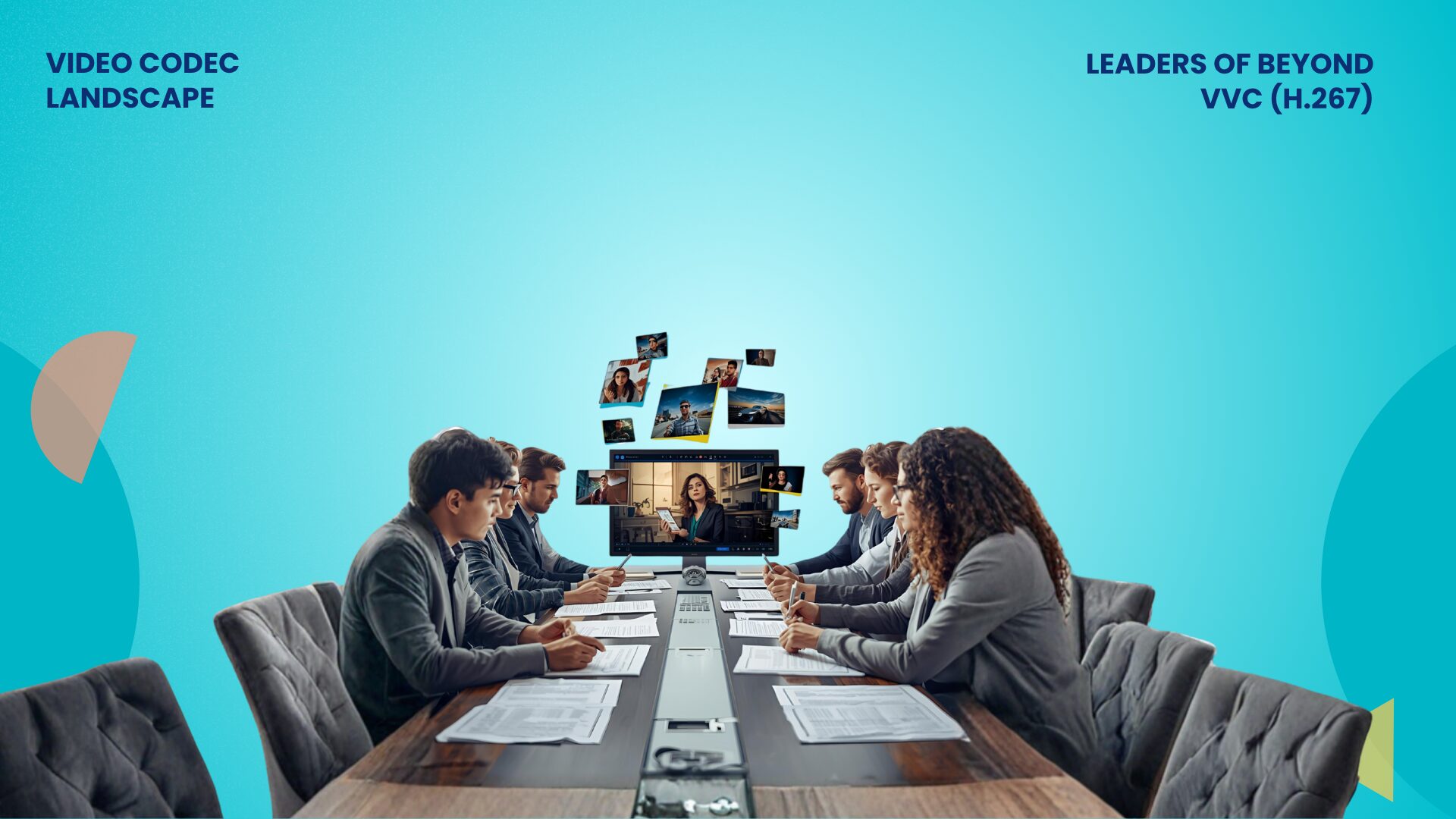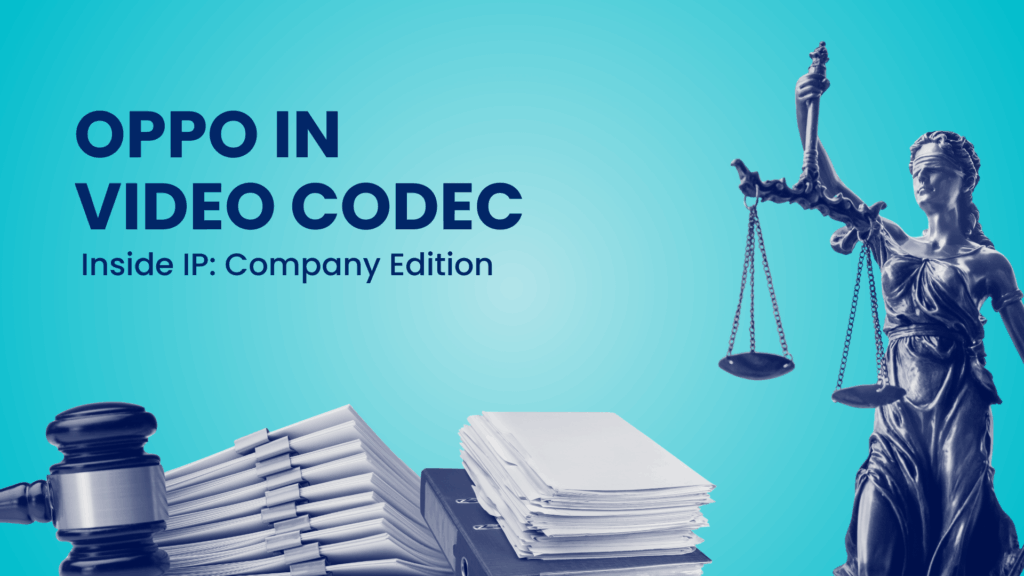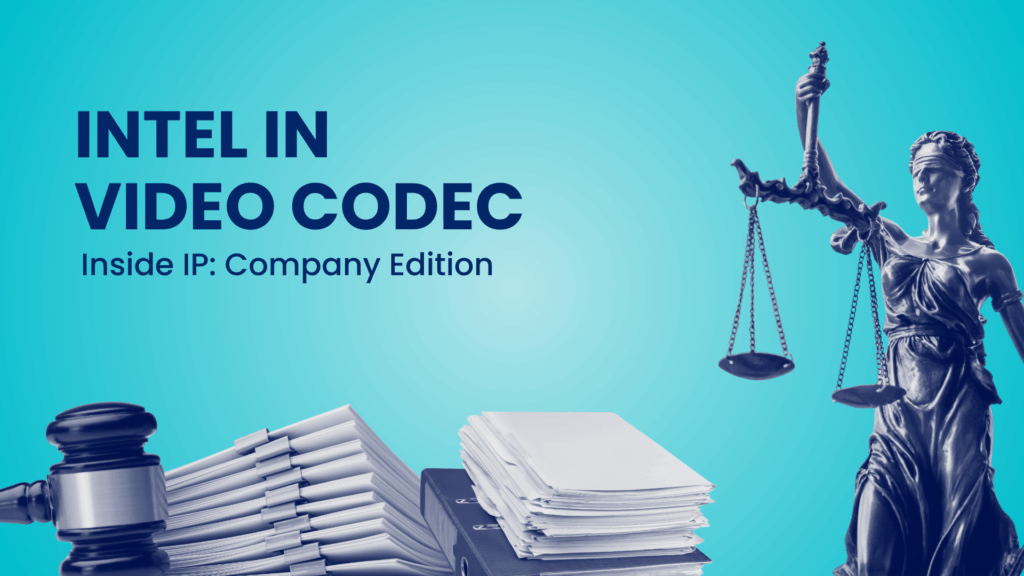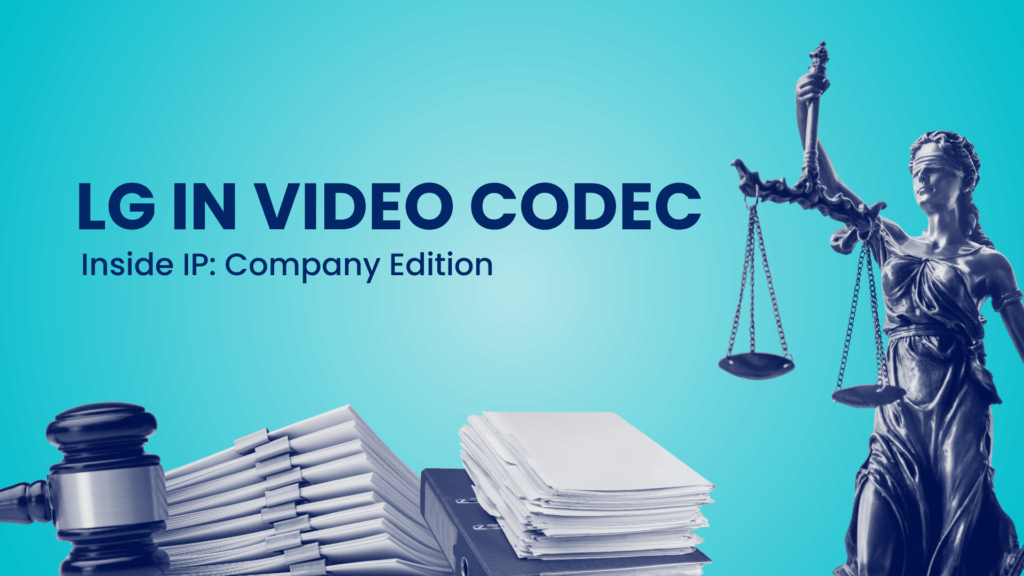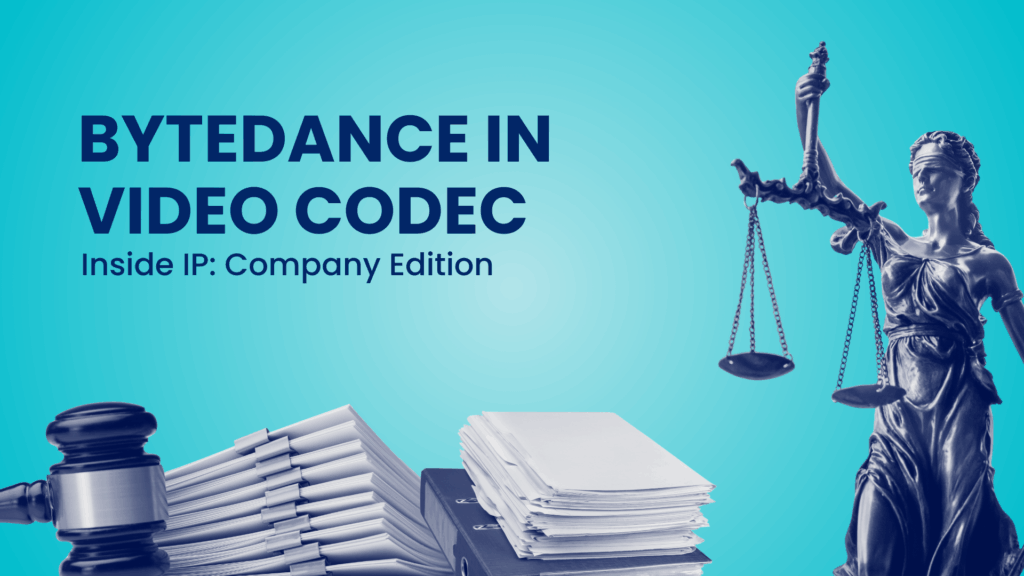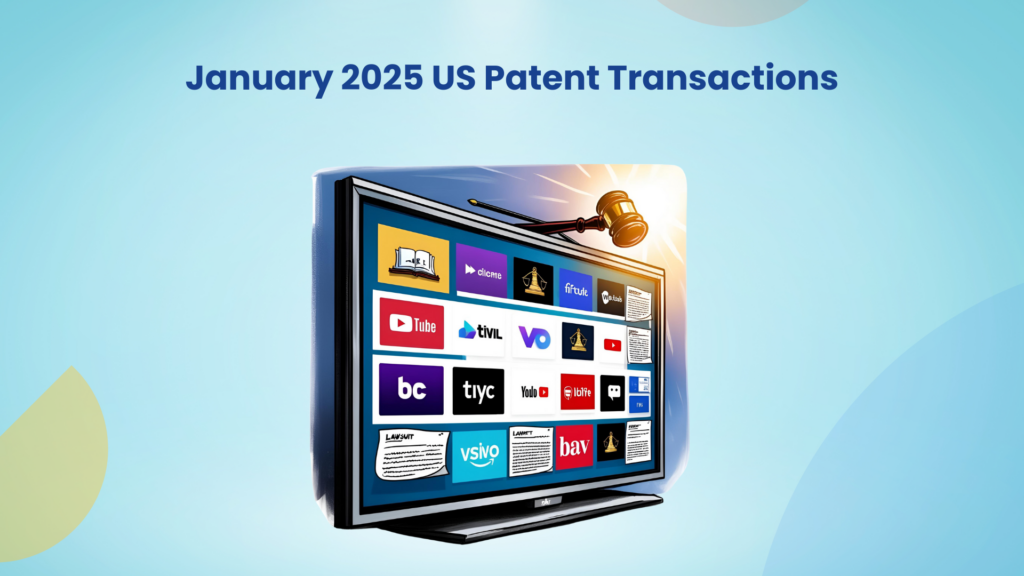As the world transitions into the metaverse, 8K streaming, and autonomous systems, the demand for a codec more powerful than H.266/VVC is no longer a distant vision. It’s an immediate necessity.
The upcoming standard, Beyond VVC (H.267), is being developed by the Joint Video Experts Team (JVET) and marks a significant change in video compression, transmission, and monetization. It is being created along two main tracks: the Enhanced Compression Model (ECM) and Neural Network Video Coding (NNVC). The final version of this standard is expected to be completed around 2028.
Just as the rollouts of AVC, HEVC, and VVC were defined by fragmented patent pools and complex licensing structures, the “Beyond VVC” era brings its own challenges. The companies that navigate this landscape today will shape tomorrow’s visual economy.
With over 3,916 patents and 1,357 JVET contributions already signaling early trends, this evolving space is becoming the new battleground for innovation, ownership, and standard-setting.
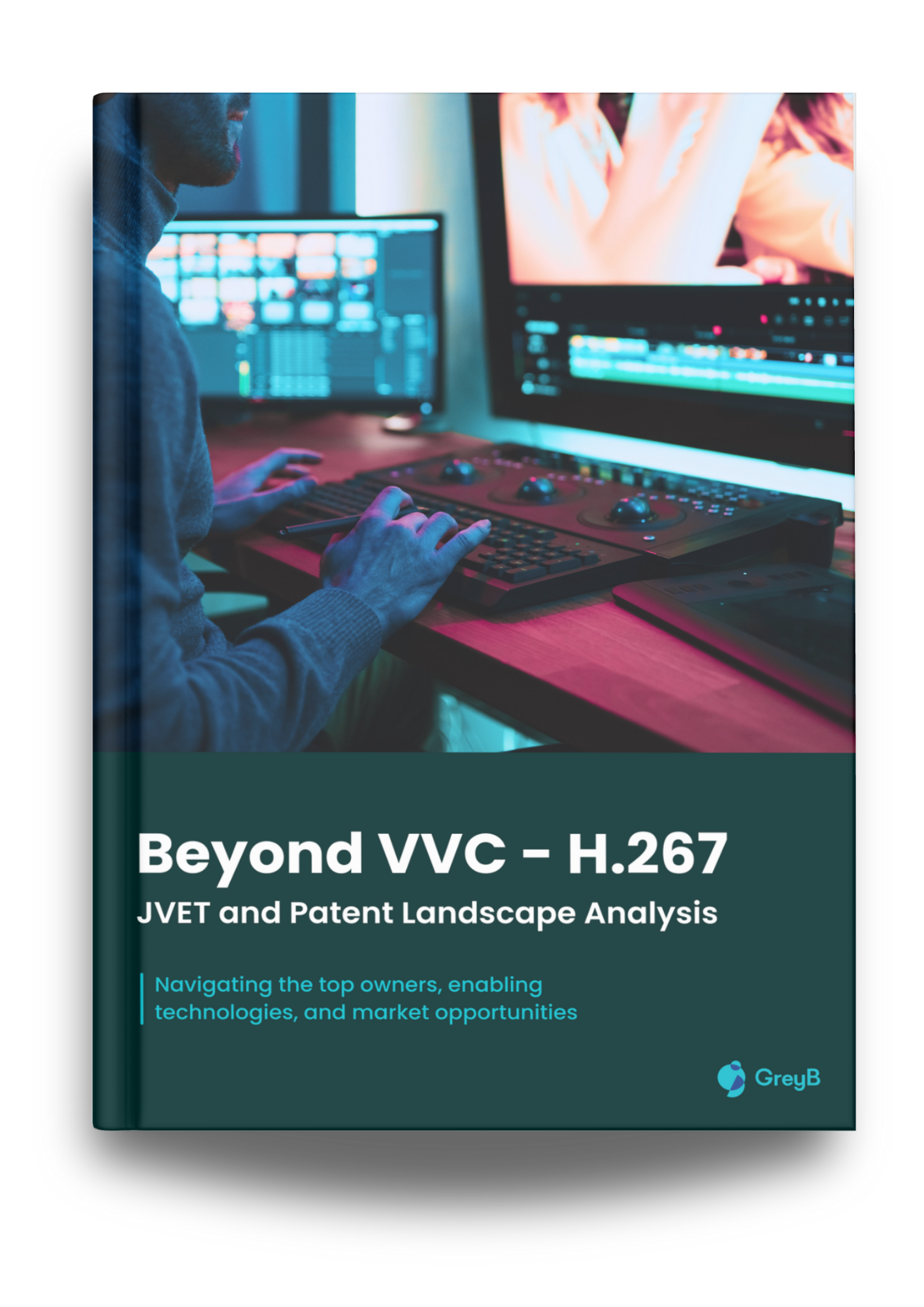
This article examines the current video codec patent landscape, revealing the leading companies, emerging filing hubs, and actionable insights to help you build a stronger VVC strategy for 2026.
Key Highlights of the Beyond VVC Analysis
The key highlights from the ongoing JVET and patent activity reveal how innovation, ownership, and strategy are unfolding.
1. Intra Prediction Takes Center Stage
At the heart of developing the Enhanced Compression Model (ECM) is Intra Prediction, a crucial aspect where tools like Template-Driven Intra Prediction (TIMD) and Intra Block Copy (IBC) are making significant strides. InterDigital is leading the effort to optimize the TIMD toolchain, while Bytedance is strategically integrating IBC with other modules. This signals the start of a competition to dominate this key component of codecs.
These early developments indicate that small but essential improvements in Intra Prediction will likely shape the next major milestone in compression technology.
2. Bytedance, Emerging as “Ecosystem Architect”
With over 250 contributions to JVET and more than 600 patent filings, Bytedance has positioned itself as the most active force in shaping the architecture of Beyond VVC. Their dual strategy of influencing standardization while owning vital intellectual property gives them remarkable control over both technical direction and commercial leverage.
This integrated approach elevates Bytedance to a central role in the upcoming codec competition, similar to Qualcomm’s influence in wireless standards.
3. Academia’s New Role
Academic institutions are no longer on the sidelines. Universities such as Xidian University have become key contributors to JVET and partners in industrial R&D.
The collaboration between Xiaomi and Xidian, for instance, has resulted in more than 20 patent families, representing a new model of university–industry synergy.
Such partnerships demonstrate how academic breakthroughs are now being directly translated into commercially relevant IP portfolios.
4. The AOMedia Absence
One of the most striking observations is the absence of core members of AOMedia, including Google, Apple, and Meta, from JVET’s Beyond VVC development efforts. This suggests a widening gap between licensed and royalty-free ecosystems. While JVET is pursuing a technically advanced, licensed model, AOMedia’s royalty-free codecs like AV1 continue to gain popularity.
This divergence raises the possibility of parallel, competing codec standards, a split that could significantly influence the economics of streaming and media distribution for years to come.
Mapping the Competitive Landscape
Patent filings and JVET contributions together tell a story of strategic positioning, where each player’s actions are not just about innovation, but about influence, control, and long-term monetization.
Get Custom Insights on VVC
Access the Beyond VVC Dashboard
By examining both dimensions, ownership (patent families) and influence (JVET participation), the competitive map of Beyond VVC begins to take shape.
Shaping the Next Standard
Bytedance leads this revolution with 645 patent families and 251 JVET contributions, leveraging its global video platforms like TikTok to shape a codec that is cloud-native, mobile-optimized, and AI-augmented. Its dual focus on technology creation and standards leadership positions it as the Ecosystem Architect of the Beyond VVC era.
Qualcomm’s patent portfolio ensures integration across hardware and mobile ecosystems. This gives its Snapdragon chipsets a crucial first-mover advantage in Beyond VVC-enabled devices.

The Standard Shapers and Licensing Powerhouses
InterDigital stands out as the quintessential R&D licensing enterprise. Its business model relies on transforming early technical contributions into essential patents. With consistent JVET participation, it ensures its innovations remain central to the evolving standard, effectively engineering future royalty streams through technical influence.
Meanwhile, Huawei’s contrasting strategy is equally deliberate. Despite relatively fewer JVET contributions, its extensive patent portfolio suggests a shift toward IP monetization, shaped by geopolitical realities. This points to a likely per-unit licensing model, signaling a more assertive stance in future negotiations.

The Two-Track Future: ECM vs. NNVC
These represent two visions of the future of video compression. One is rooted in decades of proven engineering principles, and the other is powered by artificial intelligence. Understanding these tracks is key to anticipating where the next codec war will be fought.
Enhanced Compression Model (ECM)
The Enhanced Compression Model (ECM) represents the evolutionary branch of Beyond VVC. It builds upon traditional block-based hybrid architectures, refining core mechanisms to deliver higher compression efficiency without completely overhauling the codec’s structure.
Early test models already demonstrate over 25% bitrate reduction compared to VVC, signaling a substantial performance leap while maintaining practical deployability.
Analysis of JVET activity reveals that Intra Prediction, Inter Prediction, and In-Loop Filtering dominate this phase, accounting for 73% of all patents and 80% of technical contributions in the ECM track.

Neural Network Video Coding (NNVC)
While ECM refines the past, Neural Network Video Coding (NNVC) seeks to reinvent it entirely. This revolutionary track replaces hand-crafted algorithms with data-driven, learned models capable of adapting dynamically to content and context.
NNVC research follows three distinct directions:
- Hybrid Tools: AI modules integrated into specific parts of the traditional codec pipeline.
- Pre- and Post-Processing Models: Neural systems that enhance encoding and decoding stages.
- End-to-End Learning Systems: Fully AI-driven architectures capable of replacing conventional codecs altogether.

Though still nascent, the NNVC track represents a high-risk, high-reward frontier, a hedge against stagnation and a preview of the AI-native future of video compression.
The companies that master both tracks, balancing short-term deployment with long-term R&D, will define the next decade of visual media. For now, the roadmap is clear: ECM is today’s standardization priority, but NNVC is tomorrow’s disruption.
Conclusion
As the world moves beyond VVC (H.266) toward a new standard of compression, the landscape is already fragmenting. Competing standards bodies, uncertain licensing models, and AI-driven disruptions are converging to create a fog of confusion around who will control the future of video.
Our Beyond VVC (H.267) JVET and Patent Landscape Report 2025 cuts through that complexity.
By analyzing 3,916 patents and 1,357 JVET contributions, the report provides a clear, data-backed view of the technologies, players, and strategies shaping the next-generation video standard. It identifies early power centers, emerging licensing risks, and technological choke points that will define future business models.


